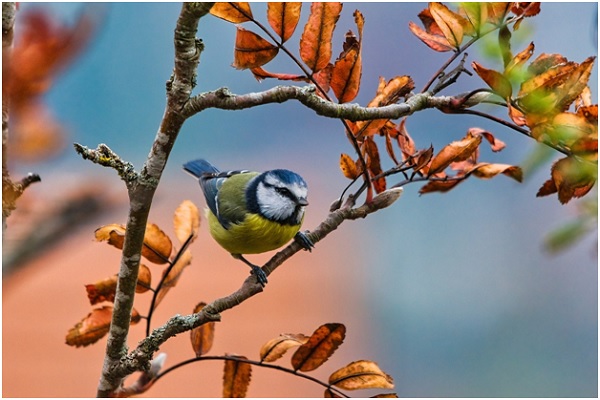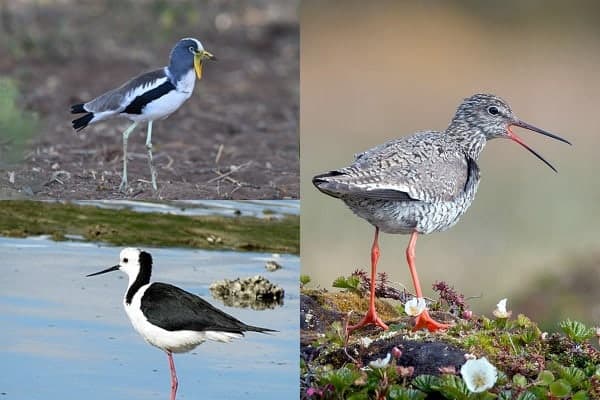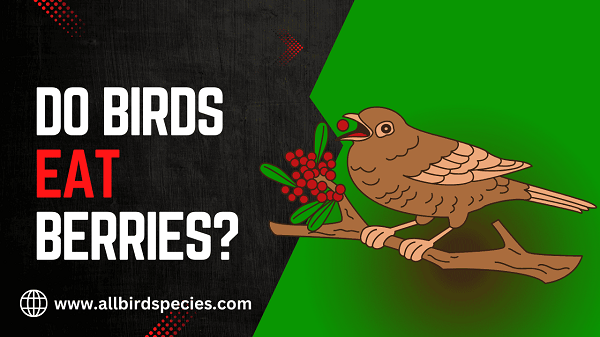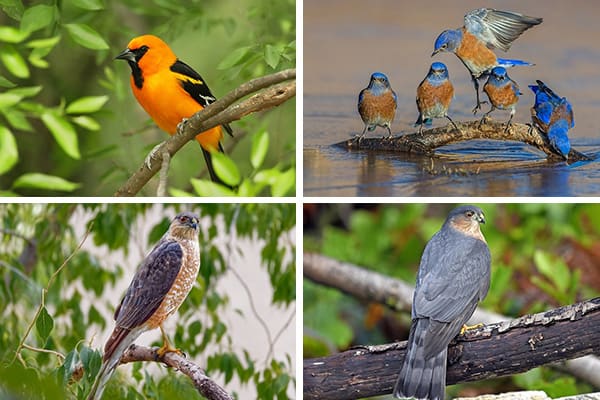Great Tits And Climate Change: Impact And Adaptation Strategies
Great tits are a common and widely studied songbird species found across Europe and parts of Asia. These tiny birds play a significant role in the ecosystem by controlling insect populations and serving as indicators of environmental health. However, climate change poses a growing threat to their survival.
Protecting our natural environments and addressing climate change are critical steps in preserving biodiversity and maintaining the health of our planet. This article explores the impact of climate change on great tits and the adaptation strategies they and researchers are employing to mitigate these effects.
Changes in Temperature and Weather Patterns
Climate change has led to increased average temperatures and altered weather patterns globally. For great tits, these changes affect their habitat, food availability, and breeding cycles. Warmer temperatures can cause a mismatch between egg-laying timing and the peak abundance of their primary food source, caterpillars.
This mismatch, known as phenological asynchrony, can reduce chick survival rates as the parents may not find enough food to feed their young.
-
Habitat Alteration
The alteration of habitats due to climate change is another significant challenge for great tits. Changes in vegetation, driven by shifting climate zones, affect the availability of nesting sites and food resources. For example, the decline of certain tree species that provide nesting cavities or support caterpillar populations can negatively impact great tit species.
-
Extreme Weather Events
Extreme weather events, such as prolonged heatwaves, heavy rainfall, and storms, are becoming more frequent and severe due to climate change. These events can directly harm them by destroying nests, reducing food availability, and causing physical stress. Additionally, extreme weather can indirectly affect their survival by altering the ecosystems they depend on.
Adaptation Strategies
Despite the challenges posed by climate change, great tits have shown remarkable adaptability. Here are some of the critical strategies they employ:
-
Phenological Shifts
One of the primary ways they adapt to climate change is by altering the timing of their breeding season. Studies have shown that in response to warmer springs, they have advanced their egg-laying dates to better align with the peak availability of caterpillars. This shift helps ensure that their chicks have a sufficient food supply during the critical early stages of development.
-
Flexible Nesting Choices
They are cavity nesters, typically using holes in trees or nest boxes provided by humans. In response to habitat changes, they demonstrate flexibility in their choice of nesting sites. By exploiting a variety of nesting locations, they can better cope with the loss of traditional sites due to changes in vegetation or habitat destruction.
-
Diet Adaptation
While caterpillars are a primary food source during the breeding season, these birds can adjust their diet in response to food scarcity. They are known to consume a wide range of insects and spiders and can switch to alternative prey when their preferred food is less available. This dietary flexibility is crucial for their survival in changing environments.
-
Range Shifts
As climate zones shift, some bird species, including great tits, are expanding their range northward or to higher elevations. This movement allows them to find suitable habitats and food sources in previously too-cold areas. However, range shifts also present challenges, as birds must adapt to new ecosystems and compete with established species.
Conservation and Research Efforts
Conservationists and researchers are actively working to support them in their adaptation to climate change. Key efforts include:
-
Monitoring and Data Collection
Long-term monitoring of significant tit populations and their breeding success is essential for understanding the impacts of climate change. Researchers use data on egg-laying dates, chick survival rates, and food availability to track changes and predict future trends. This information helps guide conservation strategies and policy decisions.
-
Habitat Management
Efforts to manage and restore habitats are crucial for supporting significant tit populations. This includes planting native trees that provide nesting sites and food resources, maintaining old-growth forests, and creating protected areas that offer refuge from habitat destruction. By preserving and enhancing suitable habitats, conservationists can help great tits thrive in a changing climate.
-
Provision of Nest Boxes
Providing nest boxes is a practical conservation tool that supports them by offering additional nesting sites. Nest boxes can be placed where natural cavities are scarce, or habitat loss has occurred. Regular maintenance and monitoring of these boxes ensure they remain viable nesting options.
-
Climate Change Mitigation
Addressing the root causes of climate change is essential for the long-term survival of great tits and other species. This involves reducing greenhouse gas emissions, promoting renewable energy sources, and implementing policies that mitigate the effects of climate change. Global cooperation and commitment are necessary to create a sustainable future for wildlife and humans.
The Role of Citizen Science in Studying Great Tits
Citizen science initiatives play a crucial role in studying the impact of climate change on great tits. Volunteers across Europe and Asia participate in monitoring programs, recording data on nesting, breeding, and feeding behaviors.
This widespread data collection provides researchers with valuable insights into how they are adapting to changing environmental conditions.
Interactions with Other Species
Climate change also affects their interactions with other species within their ecosystems. Temperature and food availability changes can alter predator-prey dynamics, resource competition, and mutualistic relationships.
For example, warmer temperatures might benefit predators, increasing predation pressure on their populations. Conversely, shifts in the abundance of insects and other food sources can influence the competition between great tits and other insectivorous birds.
Genetic Adaptation and Evolution
They may also undergo genetic adaptation in response to climate change. Over time, natural selection can favor individuals with traits that enhance survival and reproduction in changing environments.
For instance, earlier breeding times might become more common in populations where this trait increases chick survival rates. Researchers study the genetic basis of these adaptive traits to understand how they evolve in response to environmental pressures.
Conclusion
Great tits, like many other species, face significant challenges due to climate change. However, their adaptability and the efforts of researchers and conservationists offer hope for their continued survival. By understanding the impacts of climate change and implementing effective adaptation strategies, we can help ensure that great tits and other vulnerable species can thrive in an increasingly uncertain world.







